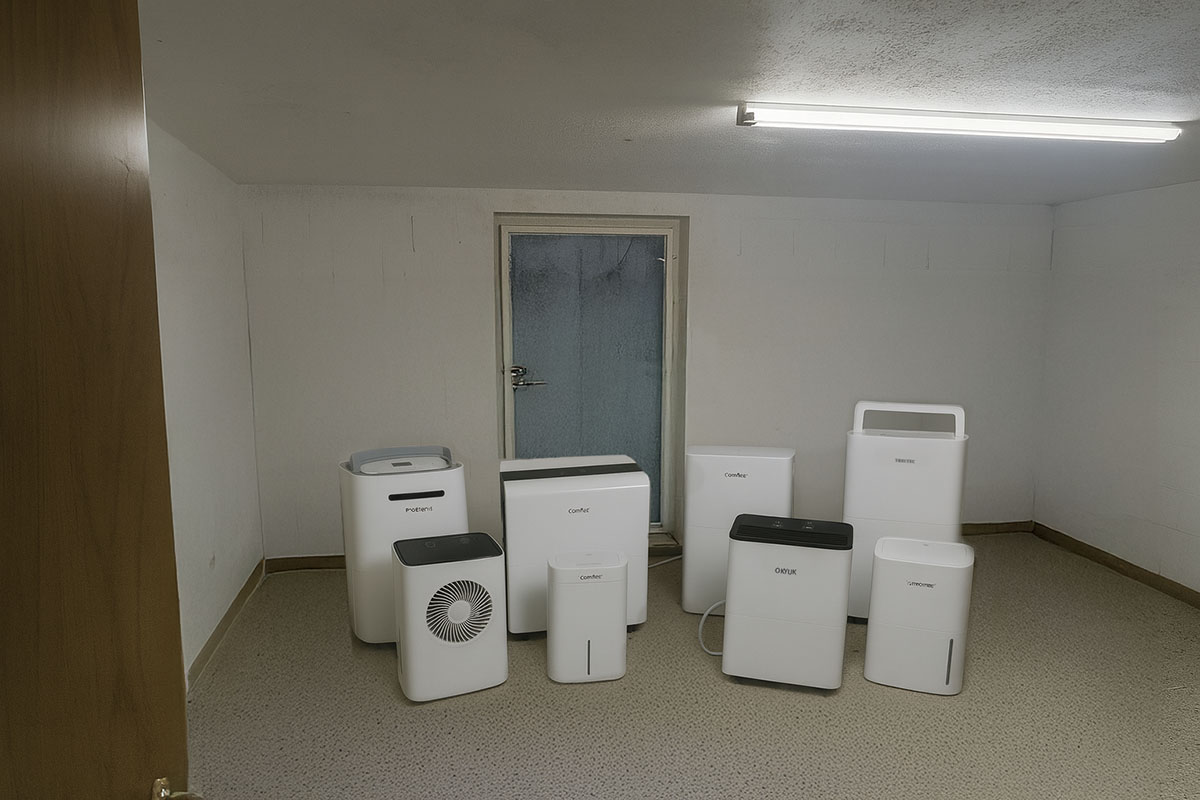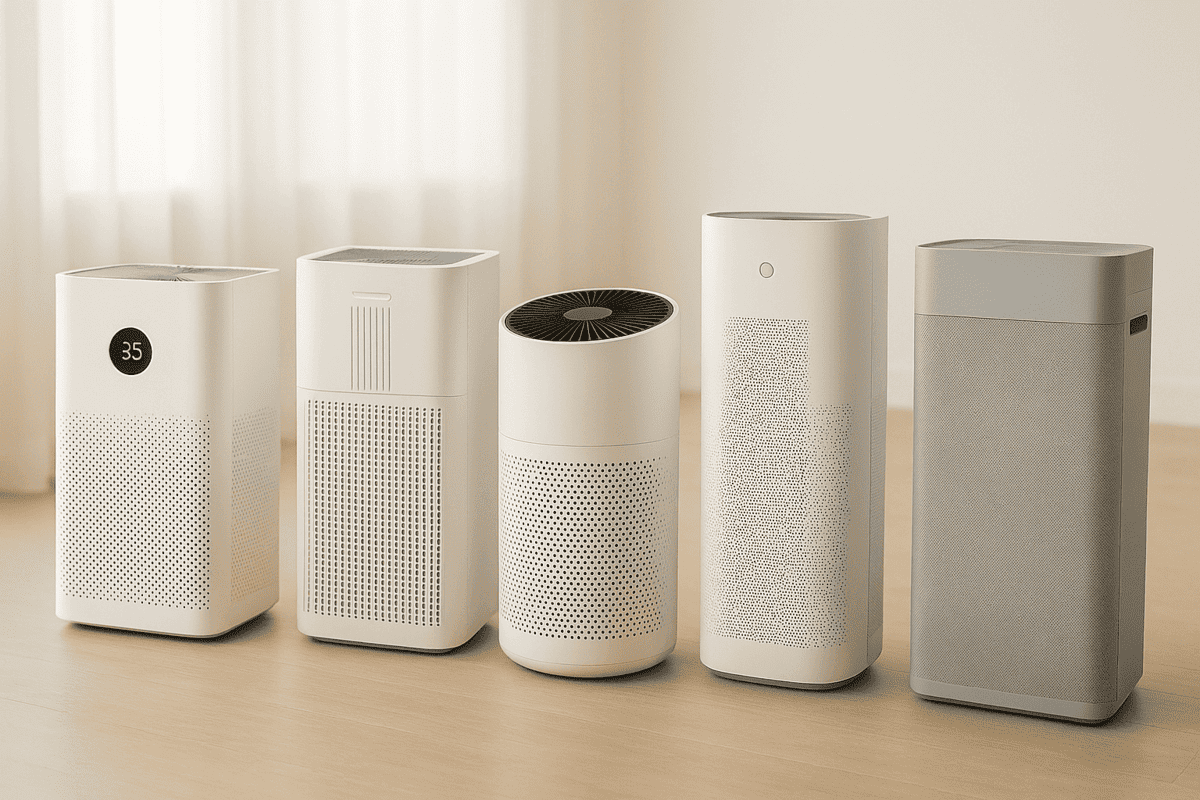Ventilating in winter
Ventilation is the key to a balanced and pleasant indoor climate. This works a little differently in winter than in summer. How exactly you ventilate well in winter - that's what we're talking about today!
Save heating costs when ventilating
In winter, it's warm inside and cold outside. To keep it that way and avoid losing unnecessary heat when ventilating, you should ventilate briefly and vigorously. In concrete terms, this means
- Do not leave the windows tilted
- use shock ventilation instead
- if possible, use cross ventilation
- switch off the heaters before airing and then switch them on again
The so-called Shock ventilation means that you open the windows as wide as possible, but only keep them open for a short time. But why exactly is this better than leaving the windows ajar for longer periods of time?
Why shock ventilation is better
The aim of shock ventilation is to keep the air in the room fast exchange. It is of course true that this inevitably brings in cold air from outside, but this can be heated up again relatively quickly by the radiators.
If you were to leave the windows open only slightly and for a longer period of time, the air exchange would take longer. It would also not be advisable to leave the radiators switched on during this time.
When ventilating slowly through windows that are only slightly open, the walls near the window cool down slowly. This does not happen so easily when you ventilate in bursts. And this is the real problem:
During slow ventilation, walls, window sills, etc. near the window cool down. After ventilation, the heating not only has to warm up the exchanged air, but also the cooled walls. This costs a lot of energy.
Rapid shock ventilation ensures that the walls do not cool down or cool down only minimally, while the air in the room is exchanged quickly. To summarise: Shock ventilation is better because it is quicker.
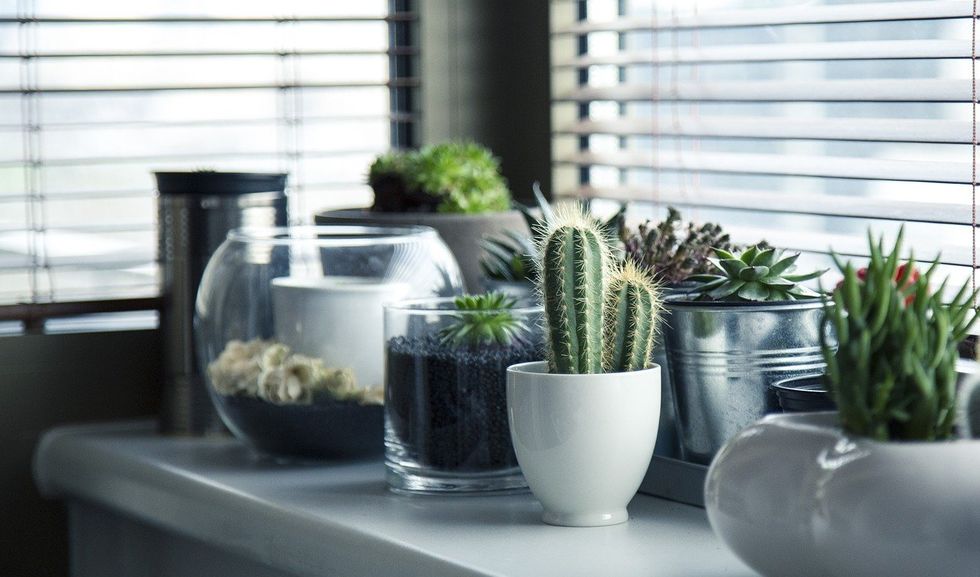
The disadvantage of shock ventilation - also because it should be carried out several times a day - is that the window sill of most windows must be clear in order to open them fully.
In some cases, this requires you to put away a few flower vases and other decorative elements for a short time. This can be annoying if you like to have lots of plants on your windowsill. But remember: your plants also love fresh air!
Advantages of cross ventilation
Cross-ventilation is recommended in combination with the shock ventilation just explained in winter.
This involves opening windows on opposite sides of the house to allow air to flow through the living space. Doors in between should also be left wide open if possible.
Cross ventilation utilises the slightly different air pressure on each side of the building caused by the wind.
Be careful if the wind is too strong! Cross-ventilation is only advisable if the wind is not blowing too strongly. Otherwise it could make a mess within your own four walls, starting with documents, newspapers, etc. blowing away.
Also note that such a draught can sometimes slam windows and doors shut tightly when cross-ventilating. So only use cross ventilation when the wind speed is reasonably low and windows and doors are secured against slamming shut. With doors, for example, this can be achieved with suitable door stoppers.
Summarised
Ventilation in winter should be quick. Open the windows wide and only for a short time (max. 10 minutes). The process could look like this:
- Switch off the heating
- Open windows wide & ensure a draught
- Close the window again after a few minutes
- Switch the heating back on
This should ensure fresh air and a balanced indoor climate. Some rooms in the house pose a few challenges when it comes to ventilation. Let's take a look at what these are.
Ventilation in the various rooms in the house
Depending on the structure, purpose and use of a room, different ventilation behaviour is required to maintain a comfortable indoor climate. One of the most important factors here is the Humidity.
Excessive humidity can encourage mould growth, whereas air that is too dry is perceived as unpleasant.
The following rooms often have high humidity:
- Kitchen
- Bathroom
- Bedroom (at night)
- Rooms in which laundry dries
- Rooms in which there are many plants
- Rooms in which sport is practised
In the kitchen and bathroom moisture peaks occur quite quickly when cooking, showering or bathing. The room should then be aired out to quickly remove the moisture outside.
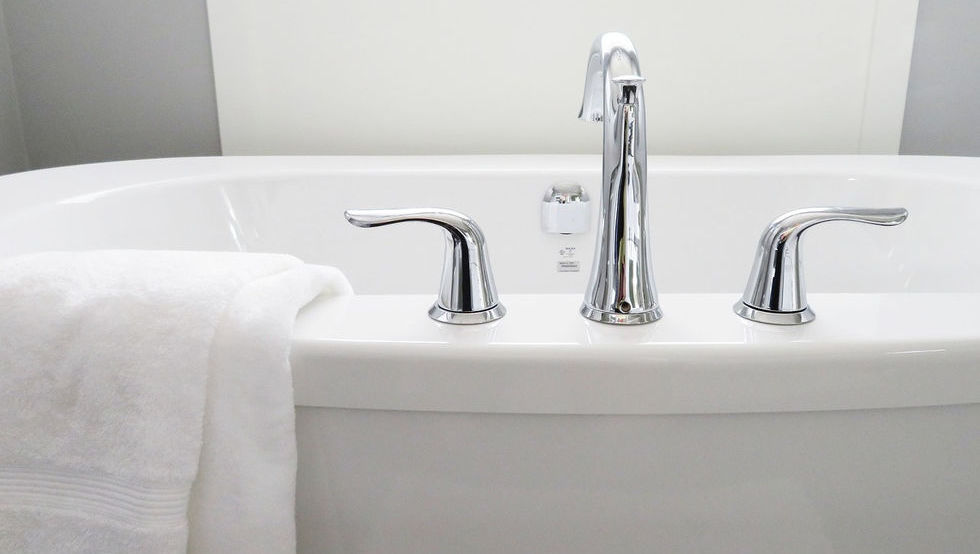
A so-called small room fan (better known as a bathroom fan) can be used in both rooms. You can find out more about these practical helpers in my article about them:
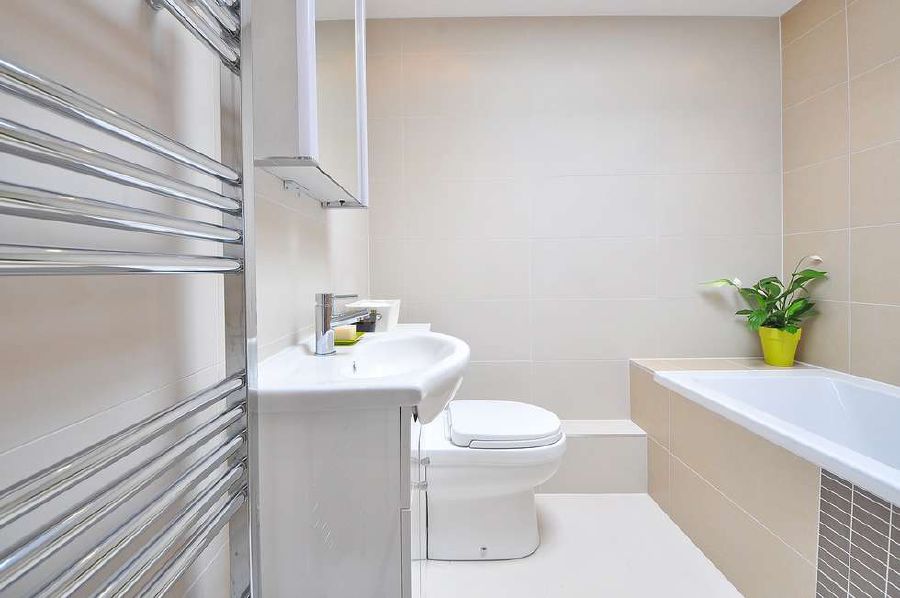
Bathroom fan
Overview of recommended bathroom fans: These bathroom fans are recommended.
In laundry rooms, utility rooms and rooms where laundry is dried, a lot of moisture gets into the air over a long period of time. These rooms should be ventilated at shorter intervals. If water condenses on the window panes, for example, this is a sign that the humidity is too high. It is better not to let this happen in the first place. The small room ventilators mentioned above are also suitable here.
Keep an eye on humidity
A good way to ventilate efficiently - especially in rooms that tend to have high humidity - is to keep a close eye on the humidity. Then you can decide more confidently whether ventilation is necessary or not.
Appropriate measuring devices are available for this purpose. They are not expensive and usually show several interesting values at the same time. For example:
- Humidity
- Temperature
- Air pressure
- Date & Time
The two most important values are Temperature and humidity. Here is a measuring device that displays these two values:

A practical feature here is that it displays recommended temperature and humidity ranges on the scale. You can see at a glance whether it is time to air the room or not.
Devices that measure both indoors and outdoors provide a little more information. For example, a multifunctional thermometer like this one:

You can have short product description here. It can be added as and enable/disable toggle option from which user can have control on it.
The small transmitter included in the scope of delivery is placed outside (e.g. on the balcony) and the large display panel inside the house. This gives you an overview of how the humidity inside compares to the humidity outside.
So if your aim is to reduce the humidity inside, then it makes sense to ventilate during the hours when the humidity outside is particularly low.
If ventilation alone is no longer sufficient, you can also use a dehumidifier:
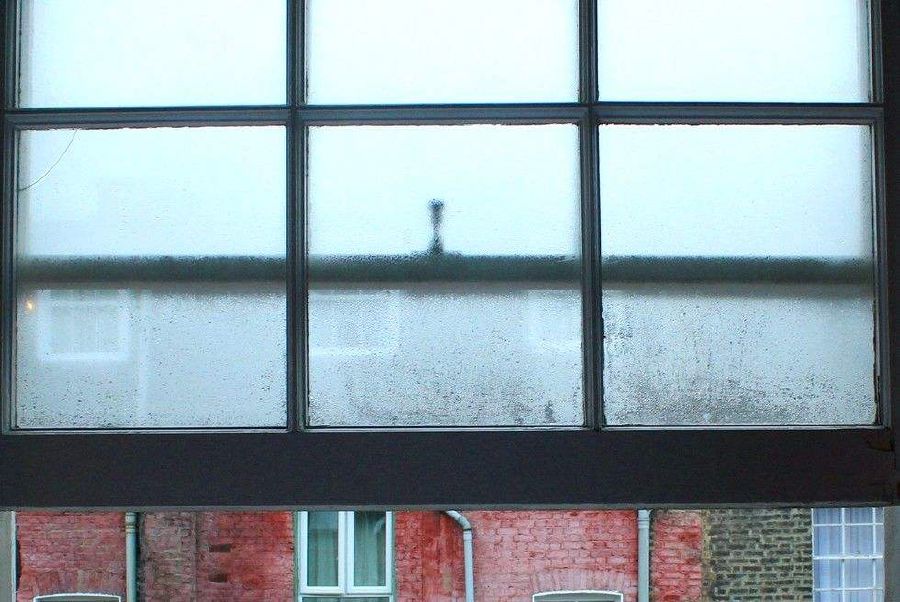
Dehumidifier
Recommended dehumidifiers and the most important purchase criteria.
For more information about ventilation and a pleasant indoor climate, I also recommend the following articles:
I hope this article has helped you 🙂

